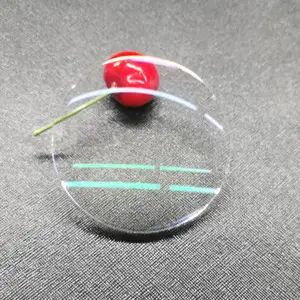
Lenses Uv420 Glass 1.56 HMC UV420 Blue Cut Computer Lens Blue Block Single Vision Cr39 Blue Block Lenses






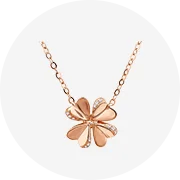
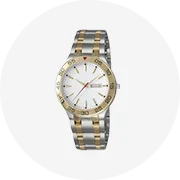
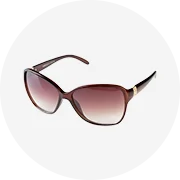
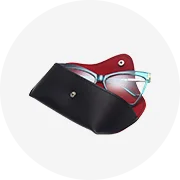
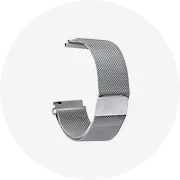

CR39 lenses stand as a pivotal component in the realm of eyewear, renowned for their clarity and durability. Originating from a lightweight and robust plastic material, these lenses have become a staple in prescription glasses, offering a blend of comfort and optical precision.
The versatility of CR39 lenses is evident in their wide range of types, each tailored for specific visual corrections. Single vision lenses cater to those with either nearsightedness or farsightedness, while bifocal and progressive lenses accommodate multiple vision fields, aiding in a seamless transition from close-up to distance viewing. Toric lenses are crafted for astigmatism correction, and prism lenses are utilized to correct binocular vision discrepancies, ensuring a comprehensive suite of options for various visual needs.
CR39 lenses are crafted from a lightweight polymer, offering superior comfort for prolonged wear. Their high abrasion resistance ensures longevity, while the inherent material properties provide excellent optical clarity. Polycarbonate counterparts, known for their impact resistance, are ideal for active lifestyles and pediatric eyewear. For users seeking relief from digital strain, lenses with blue light filtering capabilities offer a shield against the glare of screens, mitigating eye fatigue.
The advantages of CR39 lenses are manifold. Their scratch resistance surpasses that of glass lenses, while their lightweight nature reduces the burden on the bridge of the nose and ears, enhancing wearability. Additionally, they boast a high index of refraction and low chromatic aberration, making them a preferred choice for optical clarity without the added weight or thickness of glass.
Selecting the appropriate CR39 lens is crucial for optimal vision correction. Factors such as lens thickness, weight, and intended use case—be it for daily wear, sports, or computer work—should guide the choice. For those not requiring vision correction but looking to protect their eyes, options like UV protective glasses serve as a barrier against harmful ultraviolet rays, a consideration for outdoor enthusiasts.
In conclusion, the array of CR39 lenses available caters to a diverse set of requirements and preferences, ensuring that there is a lens for every need. With a focus on material excellence and variety, these lenses provide an optimal balance between functionality and comfort for the wearer.